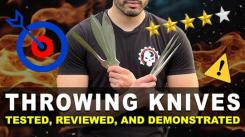Three-Section Staff
The three-sectional staff is similar to a nunchaku in that the sections are typically connected by either a cord or chain. Historically, they have been fashioned using different types of wood, but at KOMBATIV, we are experimenting with different types of metals and synthetic materials to see if we can make something stronger and lighter than traditional staffs.
-
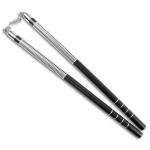
 🔍︎ QUICK VIEW
Diamond Grip 2-Section Staff$114.95
🔍︎ QUICK VIEW
Diamond Grip 2-Section Staff$114.95 (1)
(1)
-

 🔍︎ QUICK VIEW
Army of One (9 Weapons in 1)$229.95
🔍︎ QUICK VIEW
Army of One (9 Weapons in 1)$229.95 (5)
(5)
-
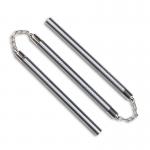
 🔍︎ QUICK VIEW
Steel San Setsu Kon$124.95
🔍︎ QUICK VIEW
Steel San Setsu Kon$124.95 -
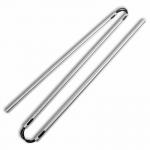
 🔍︎ QUICK VIEW
Corded Aluminum 3-Section Staff$129.95
🔍︎ QUICK VIEW
Corded Aluminum 3-Section Staff$129.95 -
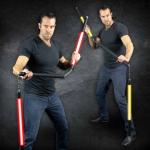
 🔍︎ QUICK VIEW
LED 3-Section Staff$194.95
🔍︎ QUICK VIEW
LED 3-Section Staff$194.95 -
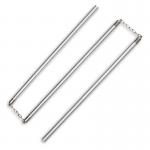
 🔍︎ QUICK VIEW
Machined Aluminum 3-Section Staff$144.95
🔍︎ QUICK VIEW
Machined Aluminum 3-Section Staff$144.95 -
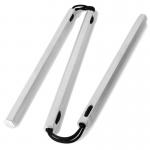
 🔍︎ QUICK VIEW
Aluminum Hexagon San Setsu Kon$114.95
🔍︎ QUICK VIEW
Aluminum Hexagon San Setsu Kon$114.95 -
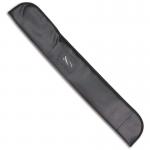 🔍︎ QUICK VIEW
3-Section Staff Case (32")$23.95
🔍︎ QUICK VIEW
3-Section Staff Case (32")$23.95 -
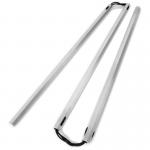
 🔍︎ QUICK VIEW
Aluminum Hexagon 3-Section Staff$129.95
🔍︎ QUICK VIEW
Aluminum Hexagon 3-Section Staff$129.95 -
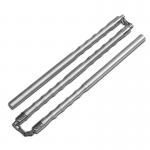
 🔍︎ QUICK VIEW
Ribbed Grip Aluminum San Setsu Kon$124.95
🔍︎ QUICK VIEW
Ribbed Grip Aluminum San Setsu Kon$124.95 -
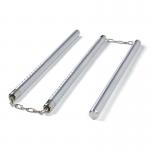
 🔍︎ QUICK VIEW
Ribbed Grip Aluminum 3-Section Staff$149.95
🔍︎ QUICK VIEW
Ribbed Grip Aluminum 3-Section Staff$149.95



